Editor's Note: This is a summary of the presentation given about working in the headwaters by our Education Program Manager, Sofie Forsström, at the Beauvais Lake Provincial Park Speaker Series on July 8, 2017. And save the date: October 12th and 14th are scheduled for our big volunteer event! Learn all about bioengineering and spend a great day with friends old and new in the backcountry!
My surname, Forsström, is Swedish. Broken down, “fors” means waterfall or rapids, and “ström” means stream or current - so I guess it’s appropriate that I work for the local watershed council!
I was in Sweden last year for a cousin’s wedding, and of course the relatives all wanted to know, “What do you do?” Trying to explain my job and the organization I work for can be difficult enough in English, but it became nearly impossible with my limited Swedish vocabulary - especially trying to describe the concept of a watershed without knowing the Swedish term (Upon returning home, I learned the word is “avrinningsområde”!).
This experience got me thinking: we can make up words for ideas, but unless people understand what they mean, they are not helpful.
One of my goals as Education Program Manager with OWC is to increase the use of the term “watershed” in popular discourse, to familiarize people with the term and get people thinking like a watershed.
Actually, the word "watershed" has been appearing with greater frequency in a wider variety of media over the last few years. It all started with everyday conversations.
“Water has a voice. It carries a message that tells those downstream who you are and how you care for the land.”
One important principle is the fact that water flows downstream, connecting diverse communities along the way. What happens upstream impacts those downstream, and an important message we have here at OWC is, “We are all downstream.” Watershed management is a gargantuan undertaking, and our small, not-for-profit organization can’t do everything at once, so we chose to start at the beginning: the headwaters.
Because there are extremely divisive issues at play, talk around reducing impacts in the headwaters (Goal 3), has been challenging. Moving from talk to action - changing people's behaviour - is even more so. The Engaging Recreationists program set out to "engage" a unique group of stakeholders, and many had never even heard of OWC!
We knew we had to meet people where they are at - actually getting out into the backcountry and listening to people tell us about who they are, why they love the watershed, and why it's worth protecting from their points of view. In this way, we began building trust and have become trusted messengers. Perhaps most importantly though, we walk the talk.
Here’s how we’re doing it:
1. Meet people where they're at
Our first lesson is that we have to meet people where they’re at – literally, go to them where they’re camping and quadding in the backcountry. We do this through in-person surveys to help us identify barriers, motivations, and values.
Now, when we first proposed going to staging areas & random camping areas in the backcountry to talk to people about watershed issues, many of our supporters were concerned that those “nice young people” were going to get yelled at or shot by a bunch of rowdy hooligans. After all, our preliminary interviews had found this audience harboured an intense distrust of government, scientists, and environmentalists – and not knowing who OWC was, they tended to lump us into one of those categories.
In order to change behaviour, we have to meet people where they are - the backcountry!
We have found success by starting out by asking people to share what they love about the place. With this particular audience, local really does matter. We trained our staff in active listening and motivational interviewing techniques so that our surveys are less interviewer-subject, and more of a conversation between interested parties. Trust is built by SHOWING UP, meeting people where they're at, sharing stories, and finding common values.
This brings us to our second strategy…
2. Build trust, and use trusted messengers
Our theme for our AGM this year was “Putting the social in science.” Most people assumed this was about using social media, but really it means recognizing that environmental issues are actually social issues that can’t be solved without involving people – the ones living, working, and recreating in the watershed.
Nevertheless, in addition to in-person conversations, social media has played an important role in helping us extend our messaging to a greater audience, and has allowed us to see how people and organizations we’ve engaged with are reaching out and spreading the message to their peers. One of our social media campaigns has been our “For the Love of…” selfies. Many people are happy to write down what they love about the watershed and take a picture to show their commitment to protecting these places.
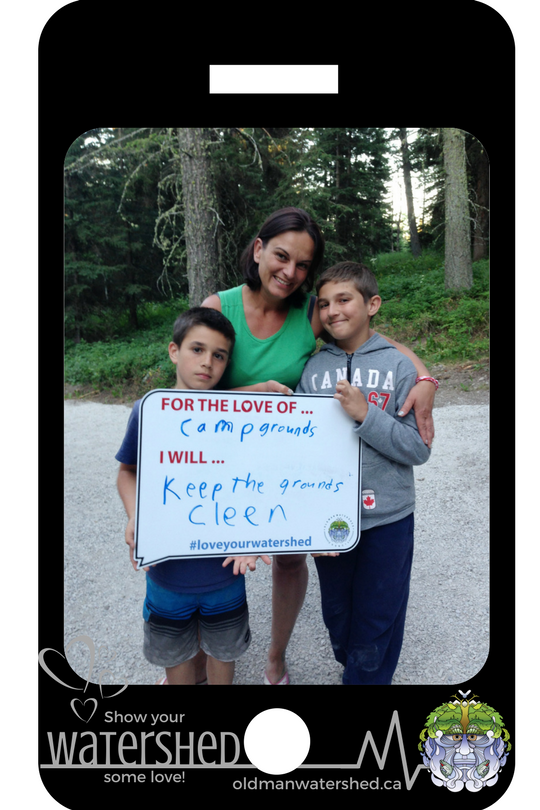
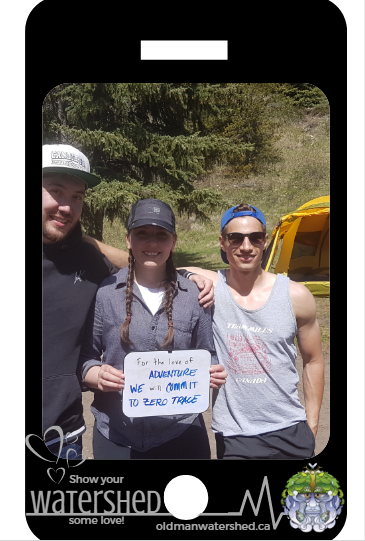
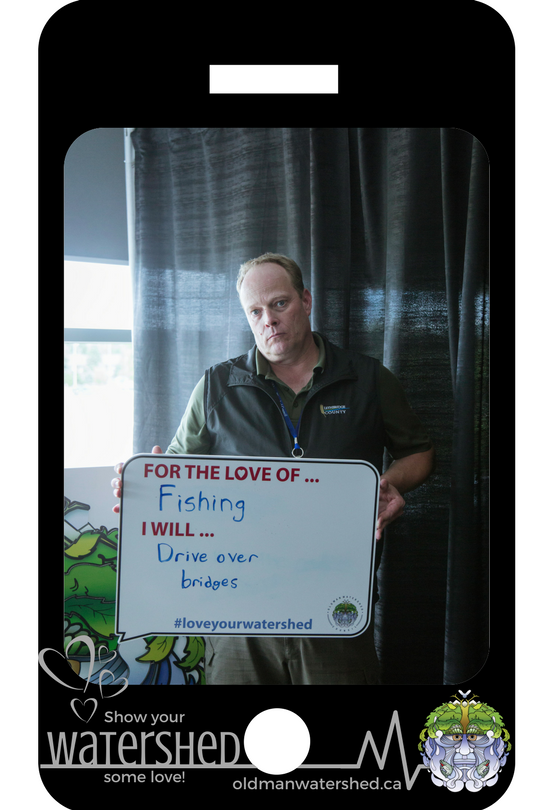
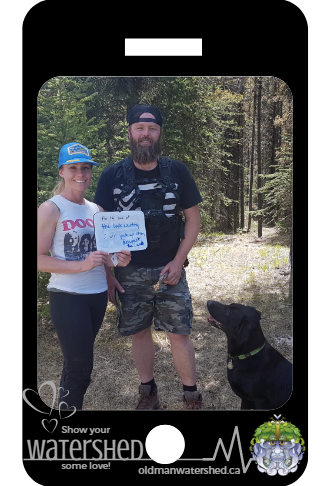
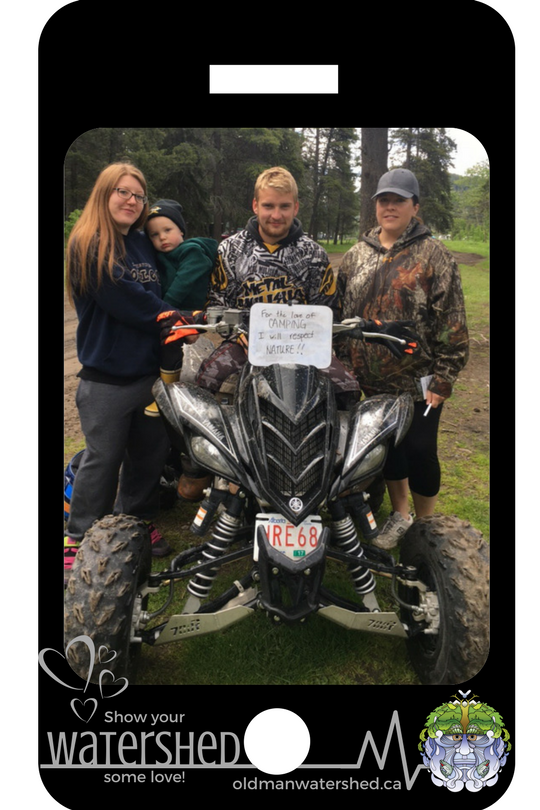
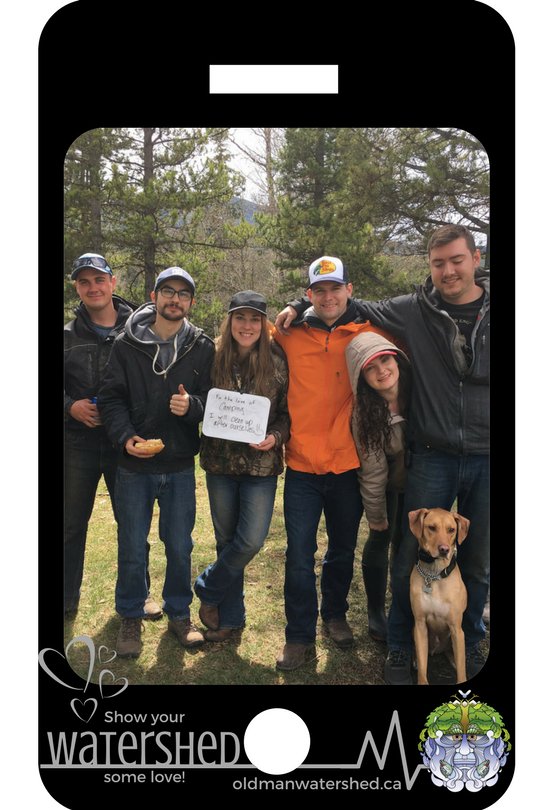
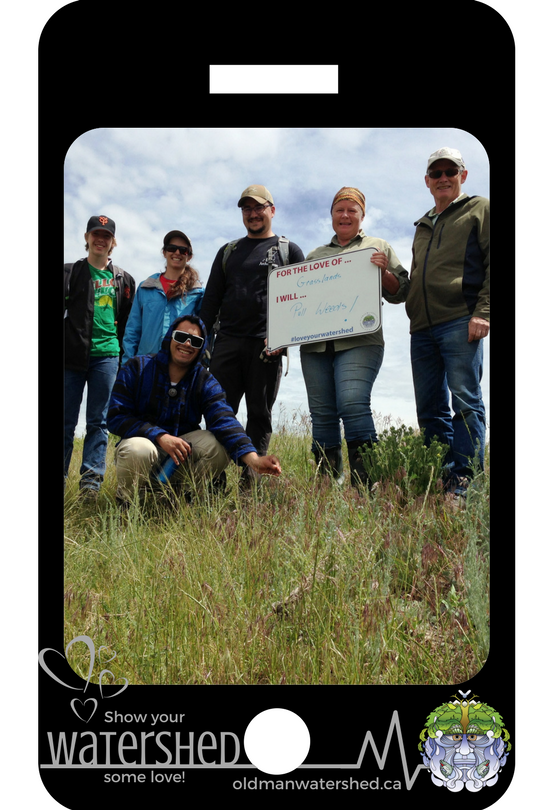


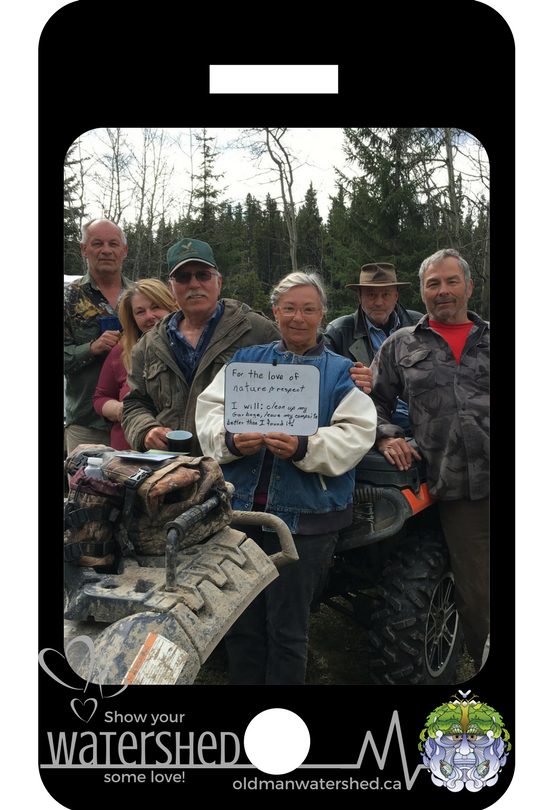
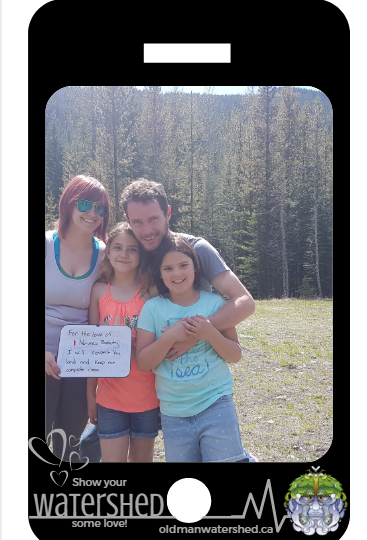
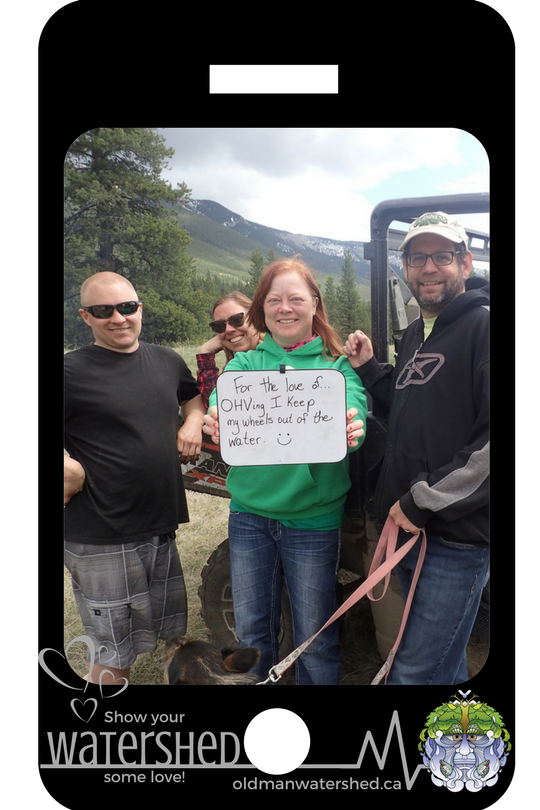

The message has a lot more credibility when it comes from members within the peer group, rather than what might be perceived as an interfering government, ivory tower of agenda-wielding scientists and environmentalists… or a community-based WPAC that no one has heard of. We’re seeing a lot of success so far!
3. Walk the Talk
Our third strategy for effecting change is to walk the talk. Nobody will listen to us if we don’t get our hands dirty and put into practice what we're preaching. We understand there’s more to protecting the headwaters than talking to people about recreation. We also need grassroots, boots-on-the ground action – after all, as we know what happens on the ground affects the water.
OWC uses the "Adopt-a-Watershed" model to show that local action can be successful. This means hands-on engagement in stewardship and restoration. It increases personal buy-in - that is, people will feel more invested in making sure areas are protected and not destroyed if they were the ones physically doing the restoration work.
That’s why we encourage volunteers from all groups to participate in our Backcountry Restoration Event in Dutch Creek, which we organize in partnership with Cows and Fish - last year we had OHV riders, backcountry campers, government staff, logging companies, college students, and even Scouts volunteer!
If you're interested in this year's event, visit our Facebook Event
or get in touch through our online volunteer portal.
Our next Backcountry Restoration Event in Dutch Creek is October 12 & 14.
Get involved! Learn more on our Facebook Event page.
Our urgent challenge now is how divided our community is after these issues have been so hotly debated. Environmental work is inherently about community-building, and it requires that we actually care about our neighbours and future generations.
Please have the courage to talk to people who aren’t like you and understand their perspective – their motivations and the common values we DO share. Focus on LOCAL, PERSONAL, on-the-ground things that matter to people. In this way - and in this way only - things can change. That’s what this project is all about.






